Optimization of Music Structure Generation under Topology and Dynamic Programming
DOI: 10.23977/artpl.2025.060402 | Downloads: 4 | Views: 162
Author(s)
Keyu Gong 1, Yushi Huang 1
Affiliation(s)
1 Jiangsu Tianyi High School, Wuxi, Jiangsu, 214191, China
Corresponding Author
Keyu GongABSTRACT
Current deep learning-based music generation models excel at local melodic modeling but exhibit significant deficiencies in capturing the long-term global structure of music, often resulting in loosely organized and incoherent compositions. To address this fundamental challenge, this paper proposes a novel Topology-aware Dynamic Graph Neural Network (TDGNN) architecture that innovatively integrates Topological Data Analysis (TDA) with Reinforcement Learning (RL). This research begins by reformulating musical symbolic sequences into a dynamically evolving graph structure, where nodes represent musical events and edges capture their temporal and harmonic relationships. We then introduce Persistent Homology, a powerful topological tool, to extract multi-scale topological features (e.g., cyclic structures, connected components) from the music graph, quantifying them as mathematical descriptors of the macro-level musical structure. Framing music generation as a sequential decision-making problem, we design an Actor-Critic algorithm incorporating dynamic programming principles for training. This enables the model to implicitly learn and evaluate the long-term structural value of its generation decisions. Experimental results on the Symbolic Music Dataset (SMD) demonstrate that our model outperforms mainstream baseline models in terms of structural coherence, thematic consistency, and subjective listening scores. This validates not only the effectiveness of topological features as global constraints but also the advantage of our proposed structured generation paradigm, offering a novel theoretical and technical framework for AI-assisted music composition.
KEYWORDS
Dynamic Programming, Music Theory, Topological Data Analysis (TDA), Graph Neural Network (GNN), Reinforcement Learning (RL)CITE THIS PAPER
Keyu Gong, Yushi Huang, Optimization of Music Structure Generation under Topology and Dynamic Programming. Art and Performance Letters (2025) Vol. 6: 7-12. DOI: http://dx.doi.org/10.23977/artpl.2025.060402.
REFERENCES
[1] Huang, C. Z., Vaswani, A., Uszkoreit, J., et al. Music Transformer: Generating long-term coherent music with self-attention. arXiv Preprint arXiv:1809.04281, 2018.
[2] Dynamic MusicGNN Consortium. Dynamic MusicGNN: Modeling temporal structure in music generation with dynamic graphs. Journal of Machine Learning Research, 2022.
[3] Li, Y., Wang, H., & Zhang, L. MusicGNN: A graph neural network approach for symbolic music generation. IEEE Transactions on Multimedia, 2020.
[4] Hamilton, W. L., Ying, R., & Leskovec, J. Inductive representation learning on large graphs. In Advances in Neural Information Processing Systems, 2017.
[5] Edelsbrunner, H., & Harer, J. L. Persistent homology: A survey. Discrete & Computational Geometry, 2010.
[6] Chazal, F., & Michel, B. An introduction to topological data analysis: Fundamental and practical aspects for data scientists. Synthesis Lectures on Data Mining and Knowledge Discovery, 2017.
[7] Sutton, R. S., & Barto, A. G. Reinforcement learning: An introduction. MIT Press, 2018.
[8] Schulman, J., Wolski, F., Dhariwal, P., et al. Proximal policy optimization algorithms. arXiv Preprint arXiv:1707.06347, 2017.
[9] Google Magenta Team. Music RNN: A recurrent neural network for symbolic music generation. In Proceedings of the International Conference on Machine Learning and Applications, 2016.
[10] GUDHI Development Team. The GUDHI library: Algorithms for topological data analysis. Journal of Machine Learning Research, 2021.
[11] Ewert, S., & Müller, M. Efficient content-based retrieval of MIDI files. Journal of New Music Research, 2014.
[12] Lattner, S., & Weyde, T. The Symbolic Music Dataset (SMD): A large-scale dataset for symbolic music research. In Proceedings of the International Society for Music Information Retrieval Conference, 2018.
[13] Müller, M. Dynamic time warping for music retrieval. In Information Retrieval for Music and Motion. Springer, 2007.
[14] Velickovic, P., Cucurull, G., Casanova, A., et al. Graph attention networks. In International Conference on Learning Representations, 2018.
[15] Schulman, J., Moritz, P., Levine, S., et al. High-dimensional continuous control using generalized advantage estimation. arXiv Preprint arXiv:1506.02438, 2015.
| Downloads: | 25802 |
|---|---|
| Visits: | 977000 |
Sponsors, Associates, and Links
-
Journal of Language Testing & Assessment
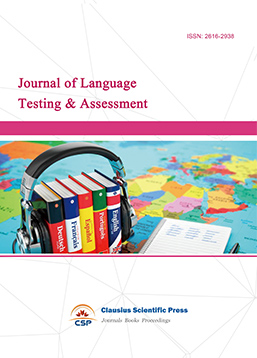
-
Information and Knowledge Management
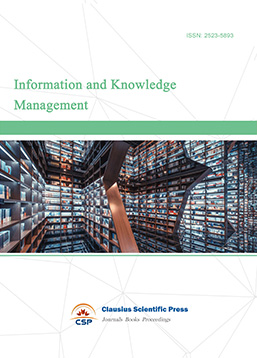
-
Military and Armament Science
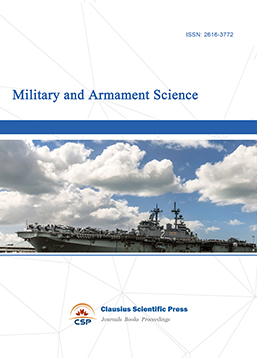
-
Media and Communication Research

-
Journal of Human Movement Science
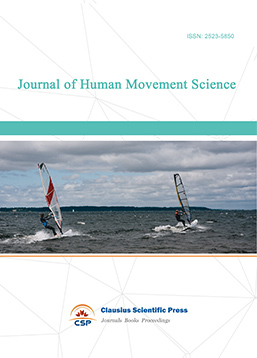
-
Lecture Notes on History
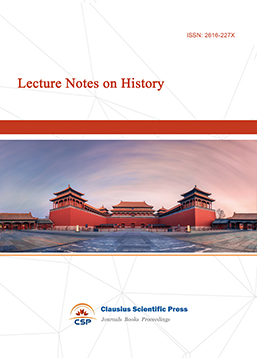
-
Lecture Notes on Language and Literature
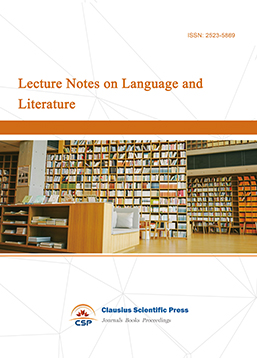
-
Philosophy Journal
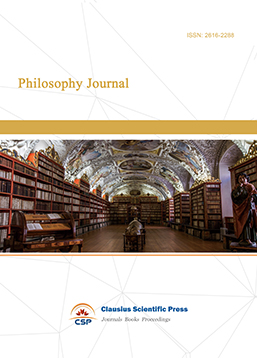
-
Science of Law Journal
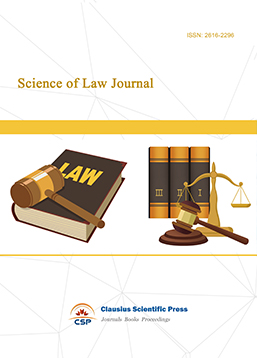
-
Journal of Political Science Research
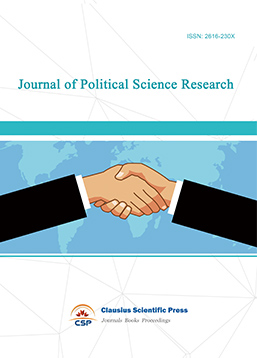
-
Journal of Sociology and Ethnology
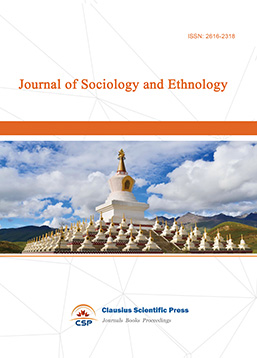
-
Advances in Broadcasting
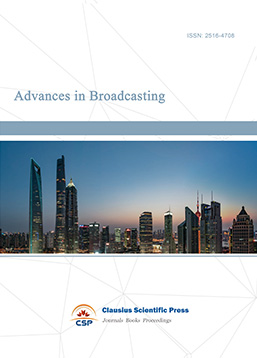

 Download as PDF
Download as PDF